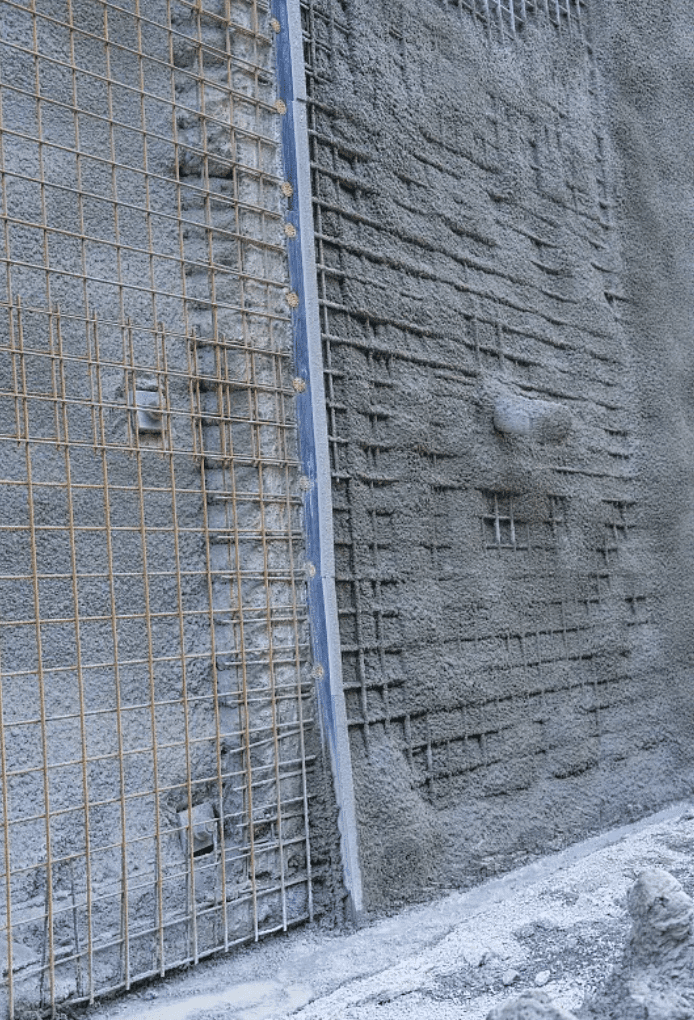I. Balanced Load-Bearing: The “Stabilizing Anchor” of the Wooden House Structure
Though wooden houses are relatively light in weight, their overall structure requires uniform load transfer to the ground. Concrete foundations, with their high strength and rigidity, can evenly distribute the weight of the wooden house as well as additional loads such as roof snow and furniture to the deep soil layer. This prevents ground settlement caused by excessive local stress. Especially in soft soil foundations or undulating terrain, concrete strip foundations, independent foundations, or raft foundations can offset the risk of uneven soil settlement through scientific design. This avoids wall cracks and beam-column deformation in the wooden house, ensuring the stability of the overall structure— a core function that no wooden foundation can replace.
II. Moisture-Proof and Corrosion-Resistant: The “Shield” for Wood’s Longevity
Moisture and decay are the greatest enemies of wood. If water vapor from the underground soil comes into direct contact with the bottom of the wooden house, it will cause the wood to absorb moisture, become moldy, and further attract termites, borers, and other pests, seriously shortening the service life of the wooden house. Concrete foundations can form a dense moisture-proof barrier, blocking the upward penetration of groundwater vapor; when combined with processes such as foundation damp-proof layers and ground beam membrane waterproofing, they can further isolate moisture intrusion. Meanwhile, concrete itself is non-absorbent and non-rotting, preventing the foundation from mold and deterioration, and creating a dry and clean environment for the bottom of the wooden house. This protects the wood structure at its root, allowing the wooden house to remain intact during long-term use.
III. Disaster Resistance and Stability: The “Safety Wall” Against Risks
In the face of natural disasters, concrete foundations are the “life-saving line” of wooden houses. During strong winds, concrete foundations are firmly connected to the wooden house chassis through anchor bolts, which can firmly “lock” the wooden house to prevent it from being blown over or displaced by strong winds. During earthquakes, the integrity and shear strength of concrete foundations can effectively transmit seismic wave energy, reduce the shaking amplitude of the wooden house structure, and lower the risk of wall collapse and roof caving. In addition, concrete foundations can also improve the fire resistance of wooden houses—compared with wooden foundations directly in contact with the ground, concrete can block the upward spread of ground fires, buying time for escape and fire fighting, and enhancing the safety protection level of the wooden house.
IV. Precision Assurance: The “Reference Plane” for Construction and Installation
Wooden house assembly requires extremely high precision, and concrete foundations can provide a flat and standardized installation reference. During the construction phase, concrete foundations can ensure that the surface flatness error is controlled within a very small range through formwork support and level calibration, providing an accurate basis for the installation of the wooden house chassis and ground beams. This avoids problems such as misalignment in wooden house assembly and poor opening and closing of doors and windows caused by uneven foundations. At the same time, concrete foundations have strong durability and can maintain stable shapes for a long time, unlike soil foundations or gravel foundations that may collapse or deform. This provides continuous and reliable support for the subsequent maintenance and renovation of the wooden house, reducing long-term maintenance costs.
V. Long-Term Economy: The “Invisible Dividend” of Cost-Effectiveness
From a short-term cost perspective, the construction investment of concrete foundations is higher than that of wooden foundations or simple foundations. However, from a long-term use perspective, their cost-effectiveness advantage is very significant. High-quality concrete foundations can have a service life of several decades or even a hundred years, requiring no frequent maintenance or replacement; in contrast, simple foundations may need renovation within a few years due to settlement and decay, resulting in higher cumulative maintenance costs. More importantly, concrete foundations can protect the main structure of the wooden house from damage, avoiding major repairs or reconstruction of the wooden house due to foundation problems, indirectly saving huge repair costs and allowing the use value of the wooden house to be sustained in the long run.
Conclusion
The poetry and comfort of a wooden house are inseparable from the silent support of concrete foundations. It is not only the “framework” for load-bearing, but also the “barrier” for moisture protection, and even more the “fortress” for disaster resistance. Ignoring the quality of concrete foundations, no matter how high-quality the wood or exquisite the craftsmanship, it is impossible to build a safe and durable wooden house. Only by attaching importance to the design and construction of concrete foundations can the wooden house maintain stability and livability with the passage of time, truly realizing the living ideal of a “hundred-year wooden house.”





